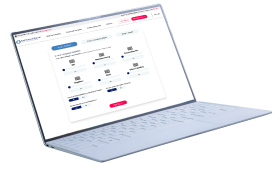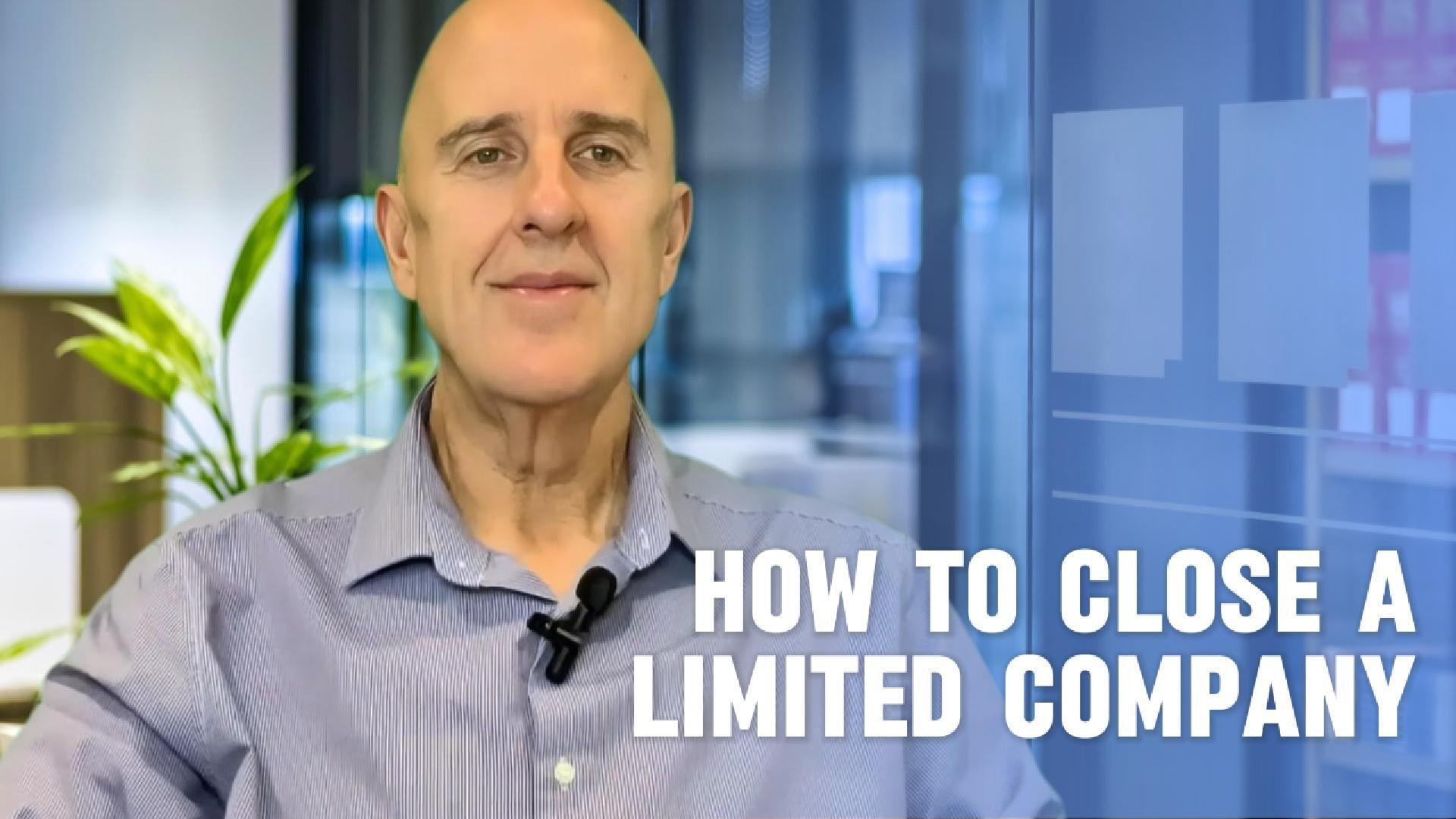
Understand your company's position and learn more about the options available
Require Immediate Support? Free Director Helpline: 0800 644 6080
Free Director Helpline: 0800 644 6080
Updated:
You can close a limited company in a number of ways. The most suitable way of ceasing trading and closing your company will depend on a number of factors, including the financial position of the company at the time you are looking to close it down.
Closing a limited company can be done in a number of ways including liquidation and strike off. Let's first consider liquidation as a way of closing a company which is no longer wanted:
Liquidation is a process which can be used to close both solvent and insolvent companies. There are three main types of company liquidation all of which can be used to close a company and bring its affairs to an end:
All three types of liquidation aim to achieve the same end result – the formal closure of the business and the subsequent winding up of the company – and all require the involvement of a licensed insolvency practitioner to fulfil this objective. All companies who enter liquidation will cease trading immediately upon entering the process.

Get a Quote Find Your Nearest Office
Let's first look at closure options for insolvent companies. If your company is insolvent - meaning it is unable to pay its debts and other liabilities - it can be closed down in one of two ways:
In many cases, the costs involved in placing a company into voluntary liquidation by way of a CVL will be paid for using the company's assets which will be sold as part of the liquidation, meaning directors will not have to foot this bill personally. Read more on our article to understand the cost to liquidate a limited company.
Free 60 Second Test
For Ltd Company Directors
What are you looking to do?
Choose below:
“I completed the simple on line form, received the free guide by email immediately and then a call from Tom who was so very helpful. Highly recommend this service”
Pauline Whitehead
A solvent company - one which can pay any debts and still have profits retained in the business - can be closed either through a Members' Voluntary Liquidation, or by applying to have the company dissolved at Companies House.
With an MVL, directors can take advantage of Business Asset Disposal Relief – formerly known as Entrepreneurs’ Relief – upon the closure of the company which means qualifying capital gains are taxed at just 14%. There is no limit to how many times you can claim Business Asset Disposal Relief, although there is a lifetime limit of £1m worth of gains.
If your company is struggling with unmanageable debts, squeezed cash flow, or an uncertain future, you are far from alone. We speak to company directors just like you every single day, and we are here to give you the help and advice you need.
Call our team today on 0800 644 6080
Get a Quote Find Your Nearest Office
Limited companies that never trade are relatively common. It’s not unusual to set up a limited company and then go in a different direction. A company that has never traded won’t have creditors, employees or many other interested parties, which makes the closure process simple.
In this instance, you can opt to make the company dormant - which means the company remains in existence but in a non-trading state - or alternatively you can close the company down using the strike off process.
Company strike-off, also called dissolution, is the simplest and most cost-effective way to close a company that has never traded. The process involves applying to strike your business off the Companies House register. If there are no objections, the company will be struck off and cease to exist after around three months.
Once you have applied for strike-off, you should inform HMRC of your intention to close the business. You can do that by writing to Corporation Tax Services or contacting them via their helpline. HMRC will then be informed by Companies House when the strike-off goes through.
Closing a company via the strike off process is achieved by submitting a DS01 form and paying the applicable fee to Companies House.
This form must be signed by a majority of the company’s directors, each confirming they are in agreement that the company should be struck off. A copy of the DS01 should also be sent to any interested parties such as HMRC, creditors, employees of the business, and other company members. The company must have ceased trading at least three months prior to a DS01 strike off application.
The process is as follows:
Strike off as a way of closing a company should not be seen as an alternative to formal liquidation proceedings, as the process is only suitable for a small number of companies, namely those which are dormant and/or without assets or liabilities.
If your company is insolvent and has debts it cannot afford to repay, strike off is not the correct course of action to achieve closure and you will instead need to opt for a formal liquidation procedure such as a CVL.
Once you submit the DS01 form, a notice will be placed in the Gazette advertising your intention to close the company. At this point, any company, individual, or body can object to the strike off application if they have good reason. This may be, for example, because you owe them an outstanding debt. If you attempt to strike off your company with outstanding debts, you should expect your strike off application to close the company to be suspended.
Should the company be eligible for strike off and no objections be received, the company will be removed from the register held at Companies House and it will cease to exist as a legal entity. In some instances, companies can be restored to the register at a later date following its closure. This is most commonly done when a creditor applies to the court to reinstate the company to the register so that outstanding debt can be recovered.
If you want to close down your company and are unsure as to the best way of doing this, Real Business Rescue can help. Our team of insolvency experts can provide initial insolvency advice, talk you through all the available options, and suggest the next best step for you and your business. Call our expert advisers today to arrange a free no-obligation consultation. With over 100 offices located up and down the nation, you are never far from expert help and advice.
Still unsure whether liquidation is right for your company? Don't worry, the experts at Real Business Rescue are here to help. Our licensed insolvency practitioners will take the time to understand the problems your company is facing before recommending the best course of action going forward based on your own unique circumstances.

Complete the below to get in touch
For Ltd Company Directors
What are you looking to do?
Choose below:
We provide free confidential advice with absolutely no obligation.
Our expert and non-judgemental team are ready to assist directors and stakeholders today.

Understand your company's position and learn more about the options available

Find your nearest office - we have more than 100 across the UK. Remote Video Meetings are also available.

Free, confidential, and trusted advice for company directors across the UK.